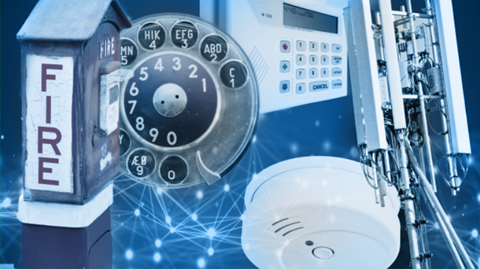The following is an excerpt from the Monitoring Matters column featured in Security Sales & Integration magazine. Our Vice President of Technology and Innovation, Morgan Hertel, is a regular contributor and authored the article below.
I want to pause the issue of how to prevent false alarms and, here, talk about their true costs.
Although I understand there are a number of meanings for the term “false alarms,” I want to look at two scenarios:
- In the first, the alarm is triggered but results in no dispatch. I’ll refer to this as a false alarm.
- The second is when it turns into a “call for service,” which is how a public safety service would classify it.
Both are important, but they mean different things.
In some recent studies, including ones by Parks Associates, false alarms are one of the most distressing and problematic events that can occur for a subscriber or security system user.
Dealing with a false alarm is unsettling and can be unnerving because there are so many unknowns. You have to remember your password; you’re worried about the police or fire department showing up; there’s the likelihood of a fine or fee.
All these concerns are swirling around in the subscriber’s mind. I can tell you that, even though I am in the business, it stresses me out, as well!
To read the full article, click here.





